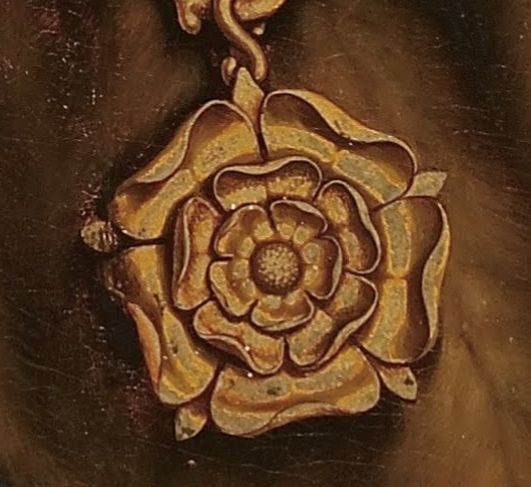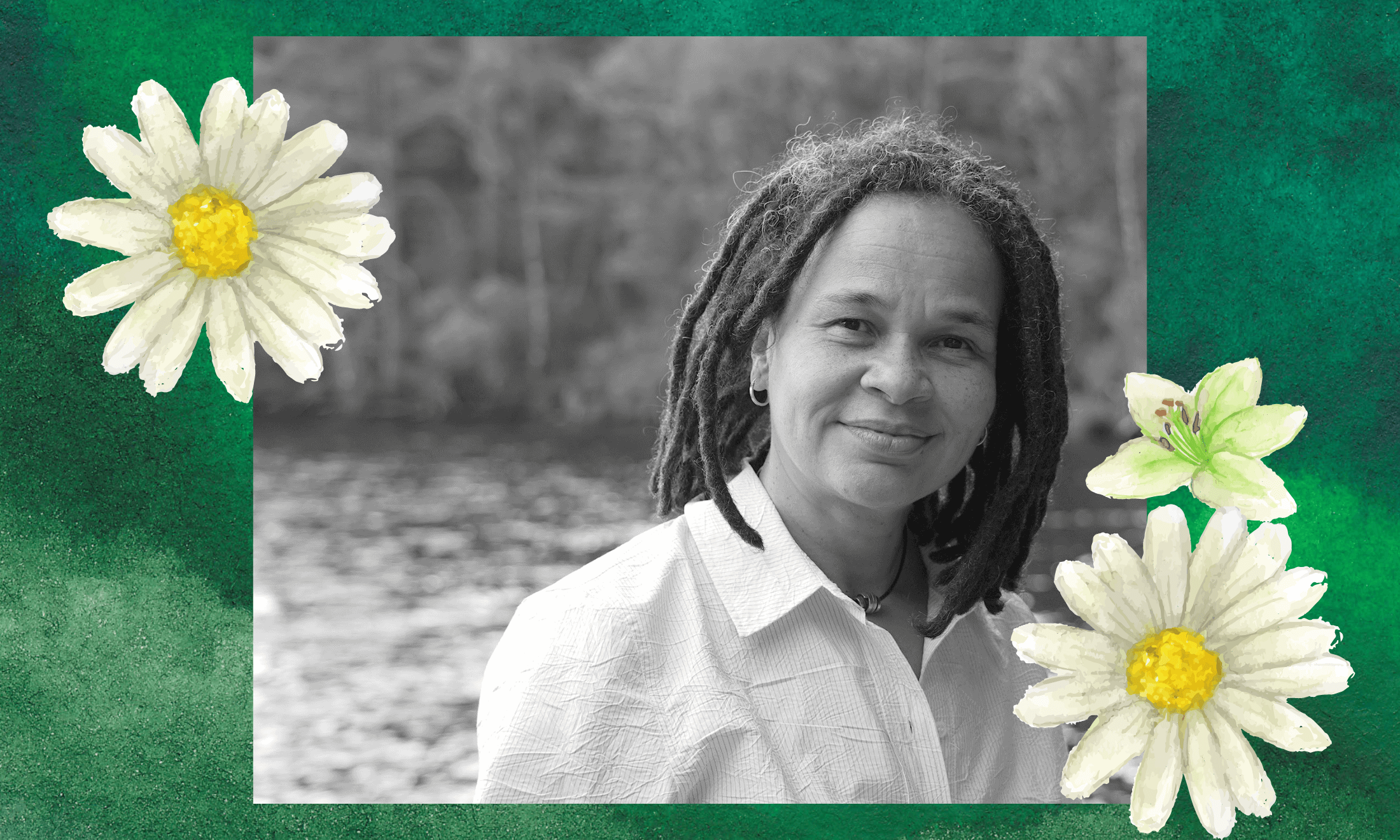
The majority of the migrants that are traversing across Europe are men. It is men who go forth and the wives and sisters and children that follow. But, among these men, there are always enterprising women, who are among the first wave of arrivals. In the Tudor period, Africans came to England – some fleeing the persecutions they faced in Spain and Portugal, and others coming as tradesmen, merchants and dignitaries.
The parish records show that the majority of Africans in Tudor England were men. However there was a small percentage of African women in Tudor England. Some of them were born here, while others were from other European countries, like Spain, Portugal and Italy.
When Catherine of Aragon, the first wife of Henry VIII, came to London from Spain she brought a group of her African attendants with her, including one of her most trusted ladies-in-waiting, Catalina de Cardones. She was almost certainly one of a number of African people referred to by Sir Thomas More as ‘Ethiopians’, in a private letter to his friend. Ladies-in-waiting were considered ‘noble companions’ who, by their status and nobility, could better advise a woman of high station. Catalina de Cardones was married to Oviedo, a Blackamoore bow-maker.
Catalina and Oviedo are one of a few examples of marriages between Africans in England. Many African women in Tudor England were in morganatic relationships with aristocratic white men. They had children who were baptised and noted in the parish records. However, these children were unable to inherit the wealth and title of their fathers.
Mary Fillis came to this country at a young age with her father. In the parish records, it states that she lived in England for 13-14 years and, at the time of her baptism, she was 20 years of age. The ceremony took place among her friends including a group of five women, mostly wives of leading parishioners. Mary Fillis was a seamstress, and her father was a shovel-maker and basket-weaver. Mary Fillis was an upstanding member of the Tudor society.
Life in Tudor England was tough on women, and many African women fell on hard times. There is a record of Marie, “a Blackamoor woman that die[d] in the street”. Many African women had to survive by any means necessary. Lucy Negro, for instance, was employed by the Queen as a musician. However, after losing her job, she fell on hard times. Lucy, also known as Black Luce, is identified as the ‘dark lady’ of Shakespeare Sonnets. Black Luce is described in historical accounts as ‘an arrant whore’ who ran her own establishment in Clerkenwell, London. She inspired Shakespeare’s love Sonnets 127-152. Here is an extract:
‘In the old age black was not counted fair,
Or if it were, it bore not beauty’s name;
But now is black beauty’s successive heir,
And beauty slandered with a bastard shame:’
Many historians have been convinced that the reaction to the migration of Africans in Tudor England was hostile due to the two letters supposedly issued by Queen Elizabeth I, in 1596. The first letter announces that ‘there are of late divers blackmoores brought into this realme, of which kinde of people there are already here to manie’. One week later, she supposedly issued another letter, ‘good pleasure to have those kinde of people sent out of the lande’. There is a draft proclamation in 1601, which is unsigned by the queen and states ‘great number of Negars and Blackamoores which (as she is informed) are crept into this realm’.
In a recent published work, Blackamoores: Africans in Tudor England, Their Presence, Status and Origins, author Onyeka disputes the claims that these letters had any effect in ‘removing’ Blackamoores from this country. There are no records showing that these Africans in Tudor England were removed.
The majority of Africans who came to this country were skilled tradesmen who were valued by society. They served rich aristocratic men, or they were employed by the Queen to serve in court. Many were part of their local community and some were part of a large peasant and beggar population. The few African women we know about were integral parts of their communities, whether as members of the royal courts or the underlings of society.
For further information:
Book: Blackamoores: Africans in Tudor England, Their Presence, Status and Origins, by Onyeka








